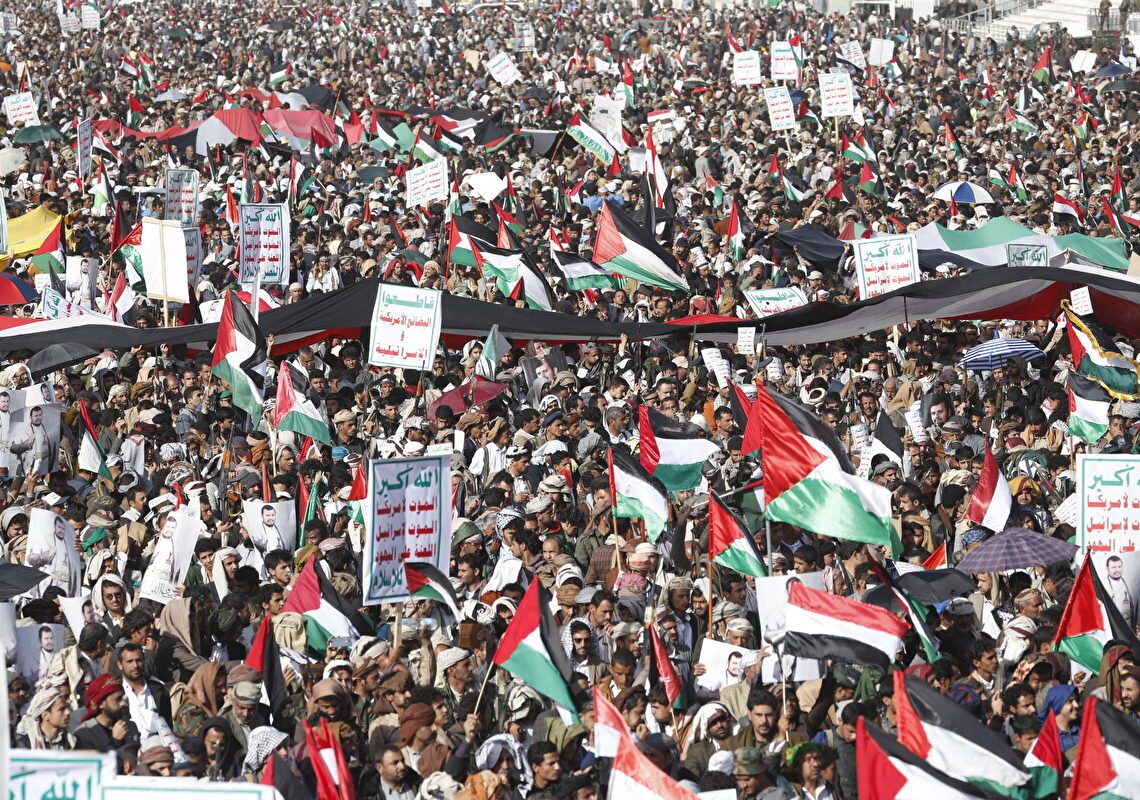“The Houthi rebels will seek revenge,” the confident prediction of a generally cautious Yemeni researcher, following two attacks against Shiite militias in Yemen, along the coasts and on the outskirts of the splendid and captivating capital, Sana’a. “And they can.”
But who are they? Questions and answers are essential. Not many know the millennia-long history and even the more recent complex political events of one of the oldest countries in the region.
“Architecturally, Yemen is the most beautiful country in the world. Sana’a, the capital, a wild Venice in the dust without San Marco and without the Giudecca, a paradigmatically beautiful city, whose beauty lies not in perishable monuments but in the incompatible design… it is one of my dreams.” These are the words of Pierpaolo Pasolini in his “Corpi e Luoghi.” In 1970, the writer fell in love with Yemen and the extraordinary beauty of its capital while shooting some scenes for the Decameron (which were never included in the film). Four years later, he would return to shoot “Il Fiore delle mille e una notte.”
Amidst his work, he found time to create a short documentary appeal to UNESCO against the abandonment of the ancient and its replacement with what he called “modern patches.” Patches that, today, along with the ancient heart of the city, risk being targeted by American missiles and the military coalition that, it claims, acts to safeguard one of the most strategically and economically important seas in the world. The Houthi rebels were originally a youth movement rooted in northern Yemen in the 1990s. The group envisioned itself as more than just a local actor, even though they were Shia Muslims; they did not see themselves as an emanation of Iran or necessarily followers of Tehran’s policy.
Between 2011 and 2012, during a Yemeni uprising in the broader context of the Arab Spring, the Houthis managed to take control of three regions in the north of the country: Saada, always their stronghold, al-Jawf, and Hajja; to these, they added an outlet to the Red Sea. In September 2014, they seized Sana’a and other important centers, and the then-president fled to Saudi Arabia. A “blitzkrieg” desired by Riyadh turned into a protracted conflict, causing 250 thousand casualties and earning the designation of the “world’s worst humanitarian crisis” by the UN. A humanitarian crisis and a crisis for the Houthis, who are now exploiting the Palestinian issue.
Arab populations, not only in Yemen, look with horror and anger at the relative indifference of their leaders to Israeli actions in Gaza. The death toll continues to rise; the destruction of homes and infrastructure has reached intolerable levels; the international community is seen as a staunch defender of Israel, at most engaged in trying to prevent an escalation of the conflict, which, it suggests, would not be convenient. Over 50 thousand Yemeni Jews – practically the entire community – left the country and moved to Israel in the early years of the state’s foundation, and I recall, in relatively recent times, having a conversation with an elderly jewelry merchant from Sana’a who made a distinction between Israelis and Yehudi. The former citizens of a new nation, the latter, for him, almost brothers who, unfortunately, he said, had gone to live elsewhere, taking with them the art of filigree and inlay. He didn’t seem to have an issue with Jews, much against the state of Israel or at least in favor of the Palestinian people. A cause that the Houthis are now riding for their own interests. With the risk of expanding the regional conflict and involving both Iran and Hezbollah in Lebanon, it may be added.
The Times of Israel, a news outlet very close to the government, has emphasized how the American administration is forced to handle its policy towards Israel and its regional allies with difficulty. Netanyahu, it writes, says one thing, his Cabinet another. Statements in English are almost always different from those in Hebrew. While foreign media talk about moving to a new phase of war in the north of Gaza, in Hebrew, they speak of continuing the fight until the fall of Hamas. Deadly battles continue to rage in central Gaza and at Khan Younis, and Rafah has just been touched upon while there is talk of Israeli willingness to militarily occupy the buffer zone along the border between Gaza and Egypt.
Even more concerning for the future, the newspaper points out that at the moment neither the Israeli public opinion nor the government are really willing to consider the idea of a Palestinian state or entity alongside Israel. Michael Oren, the former Israeli ambassador to Washington, has made it clear that very few of the American requests to his government can be fulfilled. “I don’t think the army will allow a significant number of refugees to return to the north… We can’t let them come back yet. If they return, Hamas will be with them and will bring its soldiers.”












